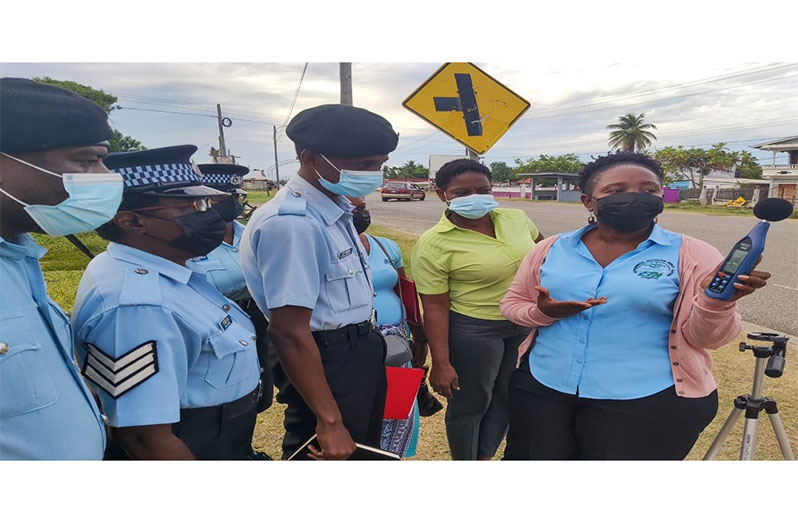SOUND is what we hear. Noise is an unwanted sound. The difference between sound and noise depends upon the receiver and the circumstances. Rock music can be a pleasant sound to one person and an annoying noise to another. In either case, it can be hazardous to a person’s hearing if the sound is loud and if they are exposed long and often enough.
It is important to note that noise can be continuous, variable, intermittent or impulsive, depending on how it changes over time:
* Continuous noise is the noise that remains constant and stable over a given time. The noise of boilers, for example, in a powerhouse is relatively constant and can therefore be classified as continuous.
* Most manufacturing noise is variable or intermittent. Different operations or different noise sources can cause the sound to change over time. Noise is intermittent if there is a mix of relatively quiet and noisy periods.
* Impulse or impact noise is a very short burst of loud noise which lasts for less than one second. Gunfire or the noise produced by punch presses are examples of such noise.
 At the Environmental Protection Agency, noise nuisances form the majority of complaints received. Noise is one of the most common occupational health hazards in heavy industrial and manufacturing environments and other operations such as farms, cafeterias, or bars. Permanent hearing loss is the primary health concern. Annoyance, stress and interference with speech communication are the main concerns in noisy offices, schools and computer rooms. As such, the agency conducts noise assessments when complaints are received. Officers are equipped with noise meters and test the limit of the noise that was reported. If the reading recorded is above the normal limit, the EPA will work with the operator to reduce the noise level.
At the Environmental Protection Agency, noise nuisances form the majority of complaints received. Noise is one of the most common occupational health hazards in heavy industrial and manufacturing environments and other operations such as farms, cafeterias, or bars. Permanent hearing loss is the primary health concern. Annoyance, stress and interference with speech communication are the main concerns in noisy offices, schools and computer rooms. As such, the agency conducts noise assessments when complaints are received. Officers are equipped with noise meters and test the limit of the noise that was reported. If the reading recorded is above the normal limit, the EPA will work with the operator to reduce the noise level.
Let us zero in our workplace because often, we only focus on the noise around our homes and immediate environment.
How can I tell if my workplace is too loud?
If you answer yes to any of the following questions, the workplace may have a noise problem.
Do people have to raise their voices? Do people who work in noisy environments have ringing in their ears at the end of a shift?
When they return home from work, do they find that they have to increase the volume on their car radio higher than they did when they went to work?
Does a person who has worked in a noisy workplace for years have problems understanding conversations at parties, or restaurants, or in crowds where there are many voices and “competing” noises?
If there is a noise problem in a workplace, then a noise assessment or survey should be undertaken to determine the sources of noise, the amount of noise, who is exposed and for how long.
 What can be done to minimie noise at the workplace?
What can be done to minimie noise at the workplace?
1. Buy Quiet – select and purchase low-noise tools and machinery;
2. Maintain tools and equipment routinely (such as lubricate gears);
3. Reduce vibration where possible;
4. Isolate the noise source in an insulated room or enclosure; and
5. Place a barrier between the noise source and the employee.
You can share your ideas and questions by sending letters to: “Our Earth, Our Environment”, C/O Communications Department, Environmental Protection Agency, Ganges Street, Sophia, GEORGETOWN, or email us at: eit.epaguyana@gmail.com, follow us on Facebook and Instagram, and subscribe to our YouTube channel.



.jpg)










